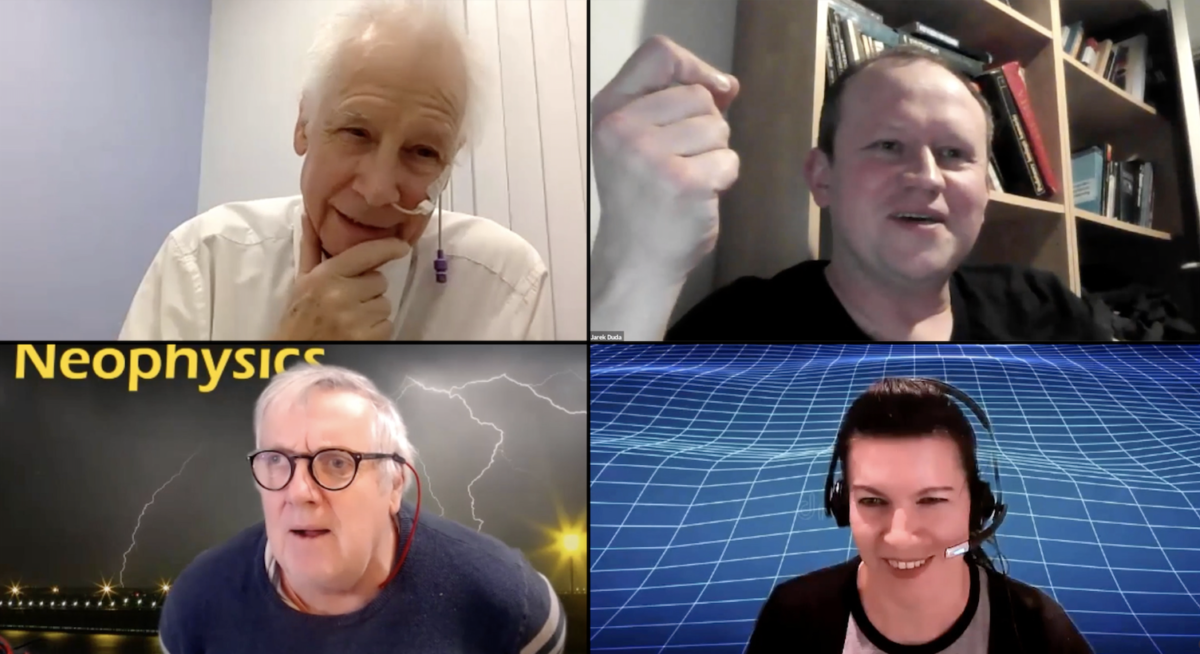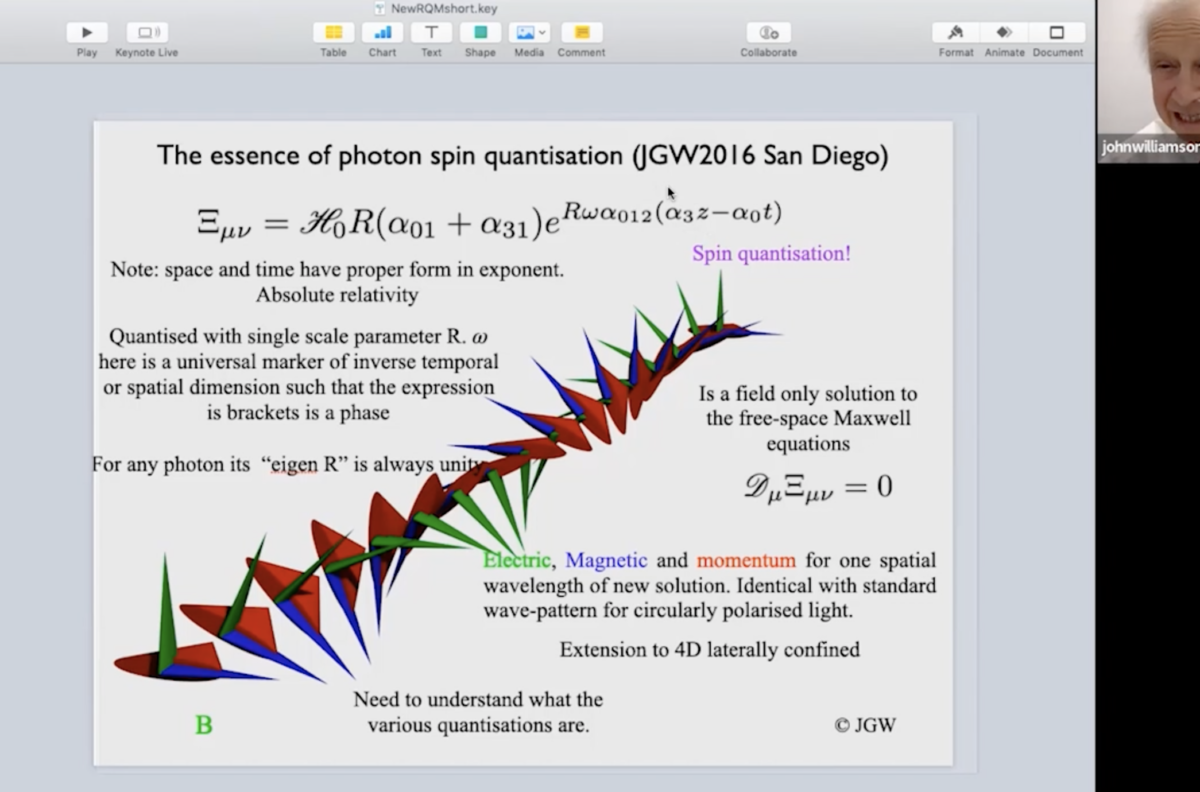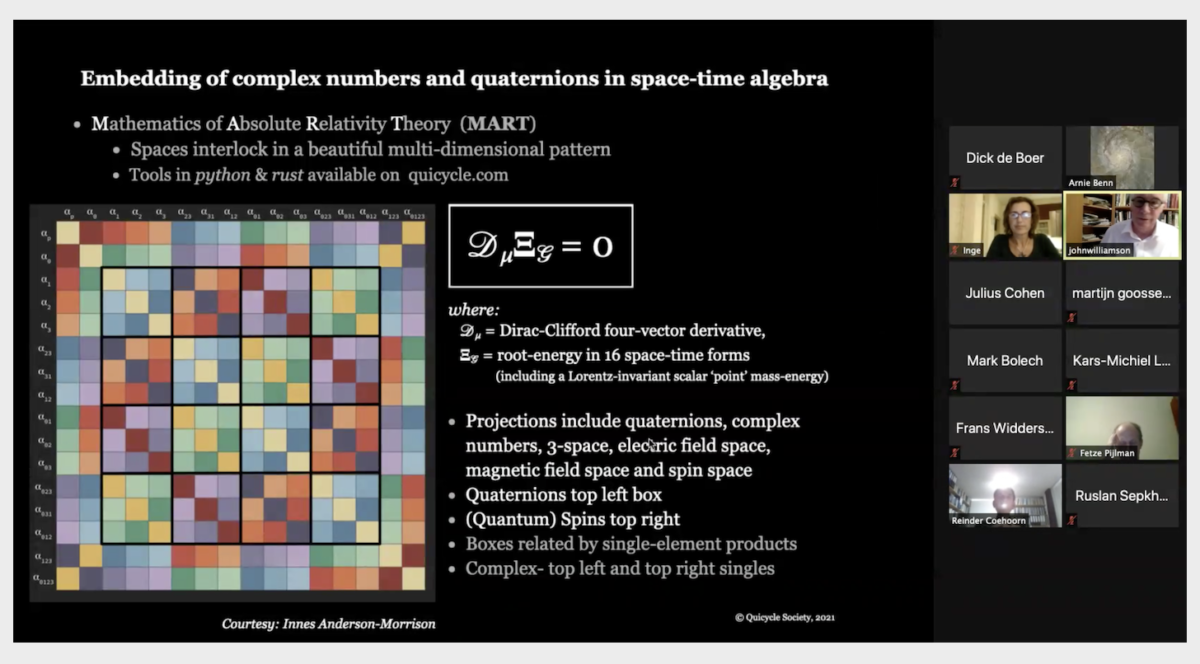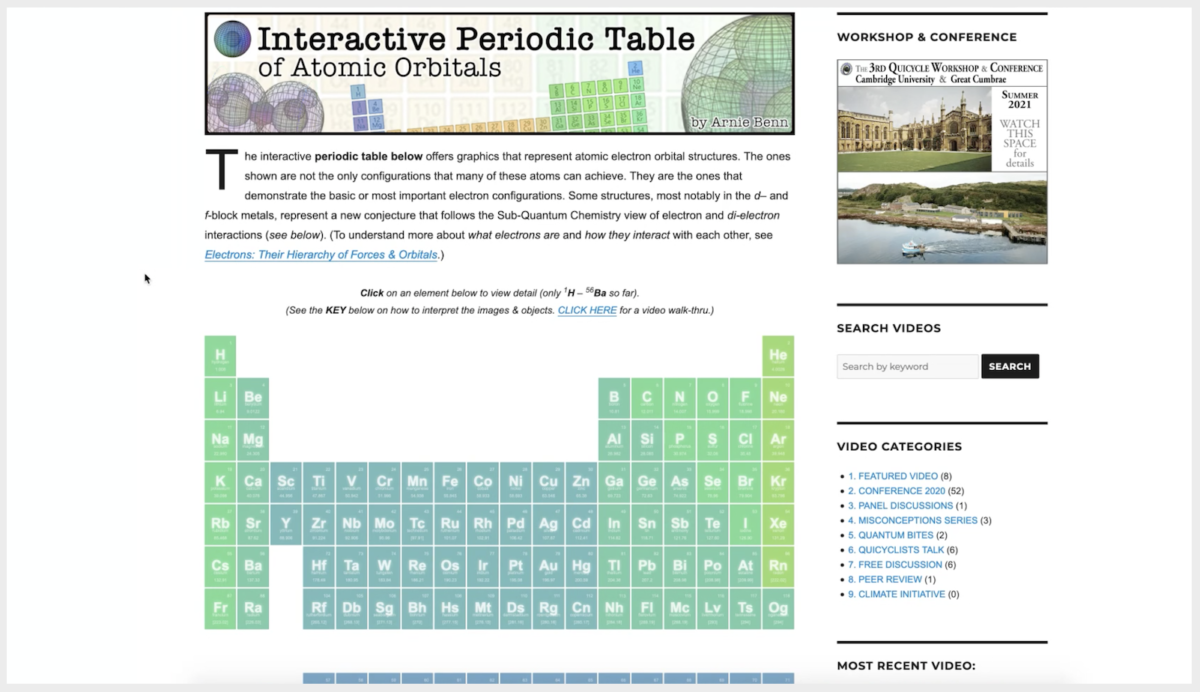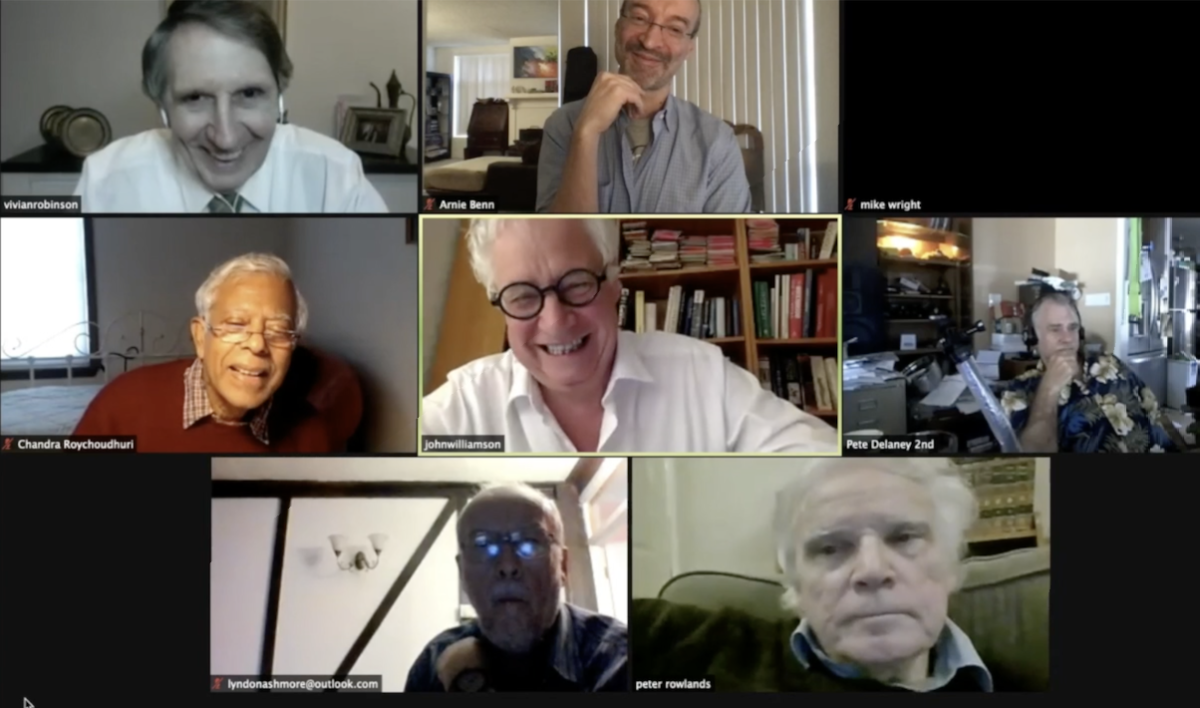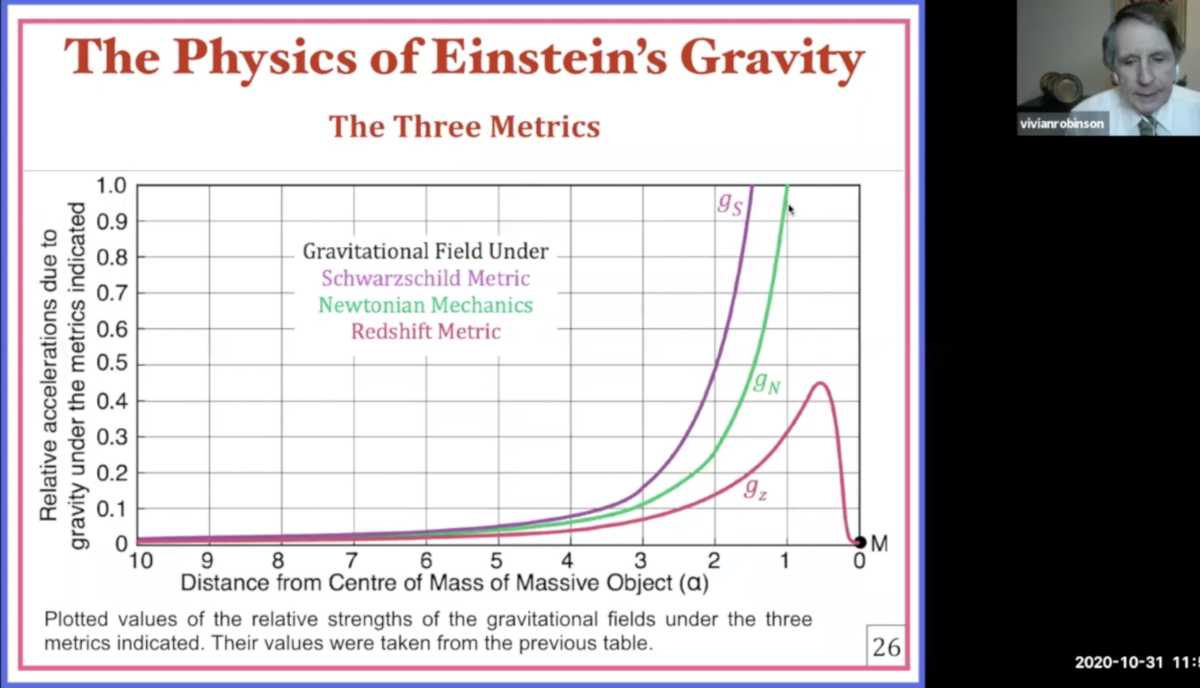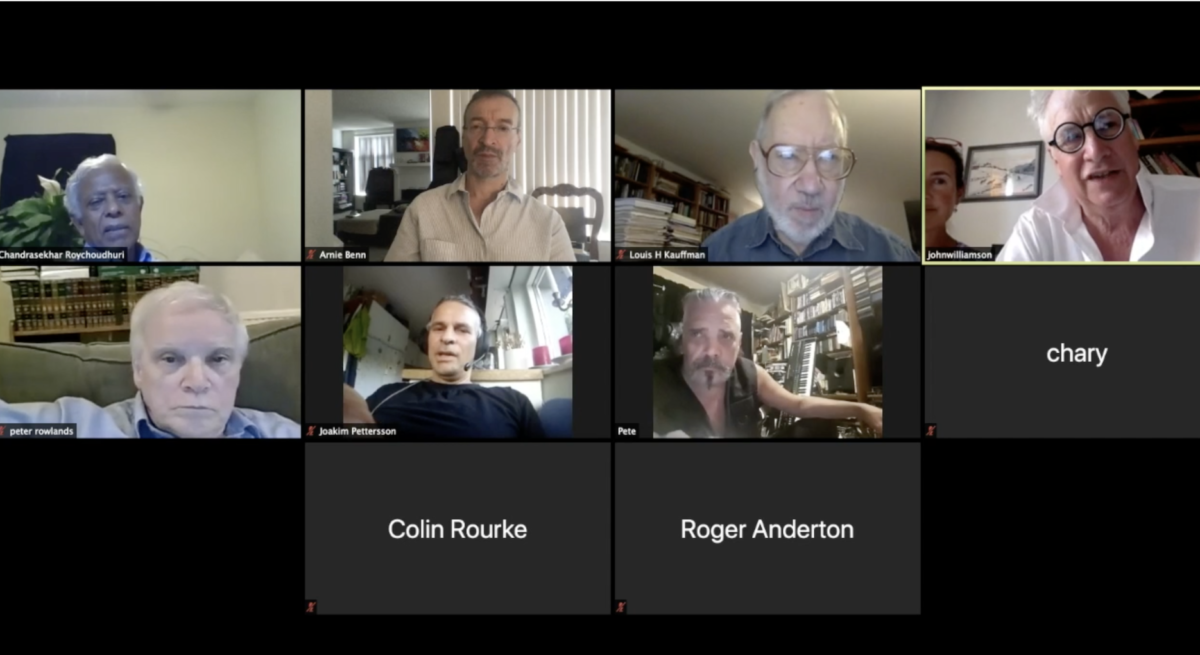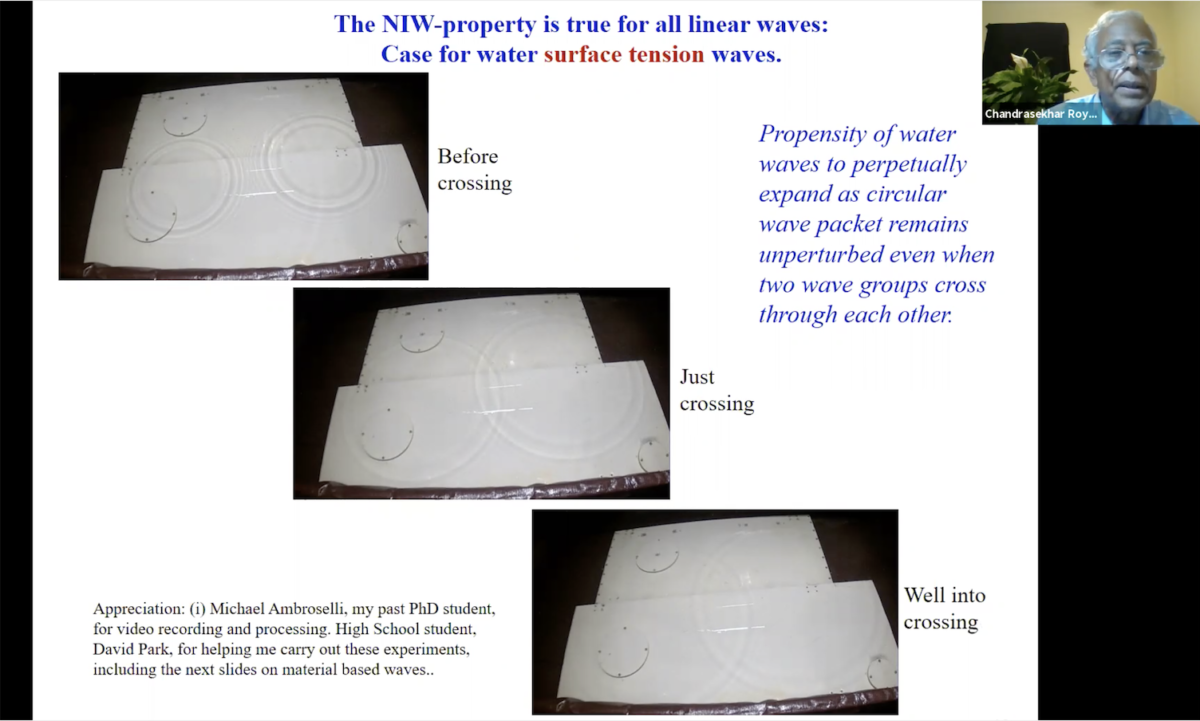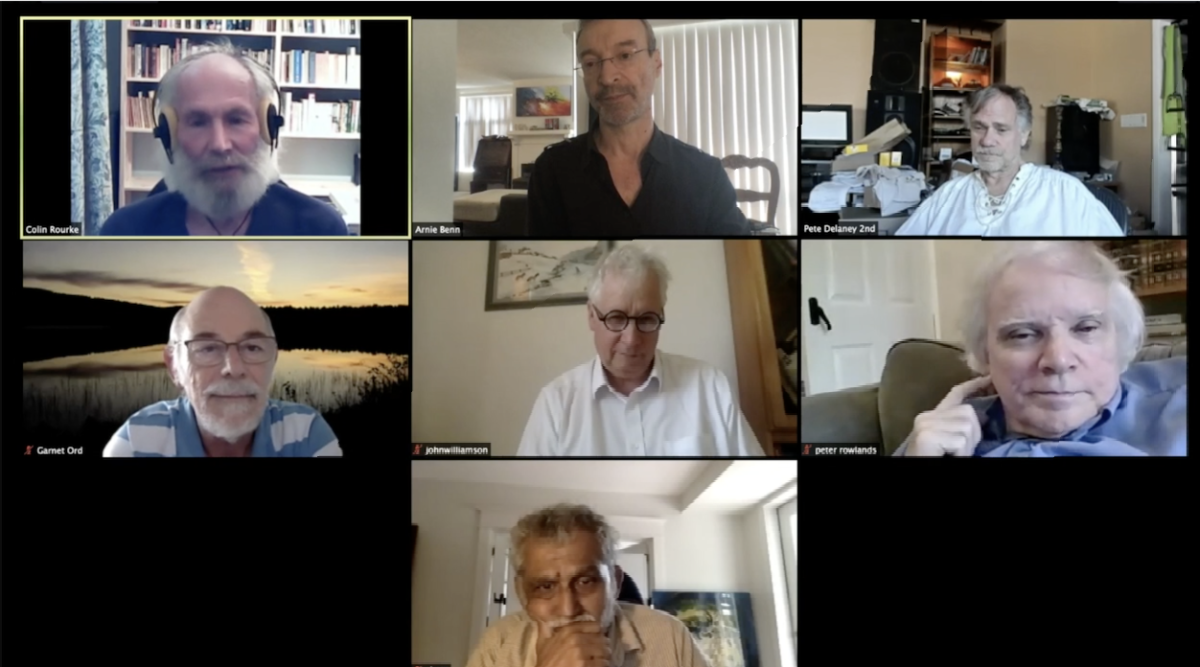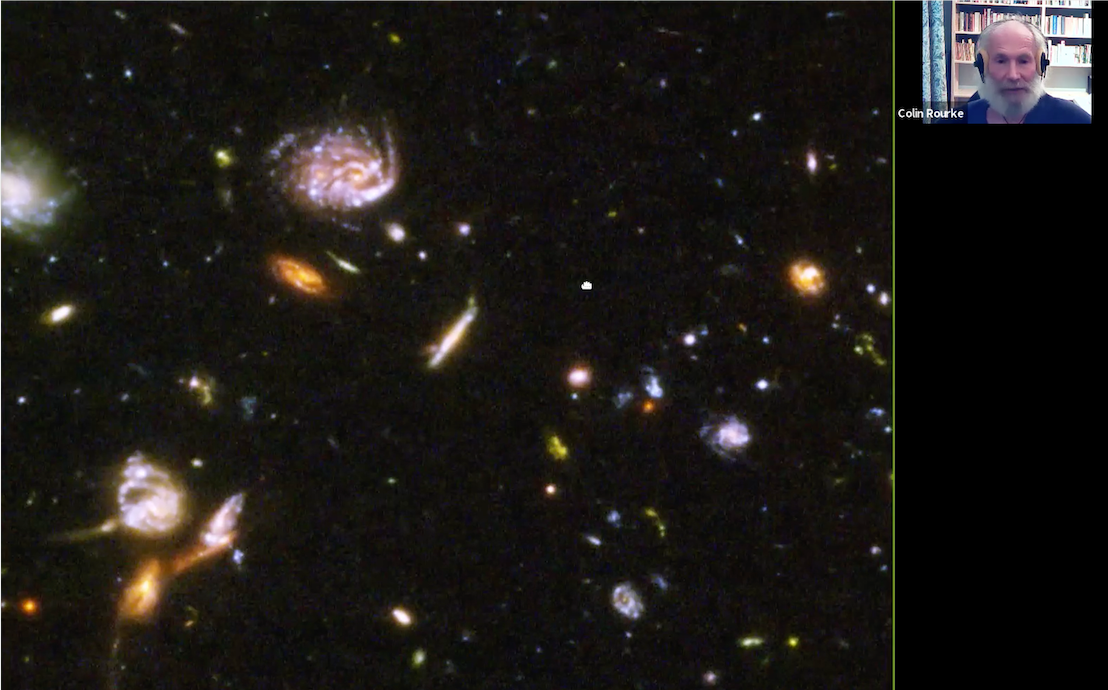Archives: Videos
Video Description
QV0110: John G. Williamson: Absolute Relativity Theory — A Proposed Solution To Hilbert’s 6th
John G. Williamson explains a fully relativistic, sub-quantum mechanical theory — Absolute Relativity Theory. It allows for a deeper and more fundamental understanding of matter, energy, charge, quantization, and their fully relativistic interactions. The quaternion-like Clifford-Dirac algebra underpinning this theory describes a construct which, it is claimed, offers a solution to Hilbert’s 6th Problem — defining a coherent construct that encompasses all known physical process, and thereby, describes reality more accurately.
This talk was given to the “Models Of Particles” Group, moderated by Jarek Duda, on 1/14/2023.
QV0109: Dr. John G. Williamson: Real Relativistic Quantum Mechanics
A new relativistic quantum mechanics has been developed that extends the realm of applicability of both Maxwell electromagnetism and relativistic quantum mechanics. The quantum world should be at least “complex”, as opposed to merely “real”. A proper basis of non-commutative relativistic space-time, the Space Time Algebra, championed by David Hestenes, contains both the complex algebra and the quaternion algebra as sub-algebras. Identifying two symmetric non-commuting 4-spaces within this, space-time and inverse space-time, allows an understanding of the nature of inter-action, as described by our recent paper (van der Mark, M.B.;. Williamson, J.G. Relativistic Inversion,. Invariance and Inter-Action. Symmetry June 2021, 13, 1117). From these basis spaces can be derived a further 4 dynamical degrees of freedom, describing current, electric field, magnetic field and quantum spin respectively. These, together, describe the real 3-D space of experiment and experience. With the exception of quantum spin-space, these spaces are very familiar to any physicists, as current, electric field and magnetic field. In particular crystal structure is largely defined by relationships in electric field space, a space with three and only three components. Thinking in spin-space (and the related magnetic field space), however, leads to new insights in physics, chemistry and collective phenomena in the solid state. These will be explored briefly with reference to relativistic wave-functions for light and matter and with examples in atomic and molecular chemistry, the fractional quantum hall fluid, and (high temperature) superconductivity.
This talk was presented to The Fanaaten, 09/09/21.
QV0108: Atoms & The Periodic Table: An Interactive Introduction
Arnie Benn introduces electrons, atoms, the periodic table, and the way electrons add around atoms in this walk-thru of the Quicycle Society’s Online Interactive Periodic Table.
See https://quicycle.com/periodic-table/
QC0107: Dr. Vivian Robinson: The Physics of Einstein’s Gravity, QA&D
The QA&D following Dr Vivian Robinson’s presentation on the physics behind Einstein’s view of gravity and singularities, how the Schwarzschild metric differs from the Newtonian and red shift metrics, and whether black holes are possible according to Einstein’s view.
Recorded: GMT20201031-180606
Buy the book:
HOW TO BUILD A UNIVERSE: Beyond The Standard Models by Vivian NE Robinson
QC0106: Dr. Vivian Robinson: The Physics of Einstein’s Gravity
Dr Vivian Robinson explains the physics behind Einstein’s view of gravity and singularities, how the Schwarzchild metric differs from the Newtonian and red shift metrics, and whether black holes are possible according to Einstein’s view.
Recorded: GMT20201031-180606
Buy the book:
HOW TO BUILD A UNIVERSE: Beyond The Standard Models by Vivian NE Robinson
QC0105: Prof. Chandrasekhar Roychoudhuri: Cosmic Tension Field, QA&D
This is the QA&D session following Prof. Chandra Roychoudhuri’s presentation (QC0104) on the Cosmic Tension Field. The objective of that presentation was to demonstrate that keeping our focus on understanding and visualizing the physical interaction processes, which are going on in natural evolution, will keep on helping us integrate newer knowledge towards a united whole-istic model. The foundation of my thinking is Huygens’ postulate on the root of EM wave propagation process, which requires a stationary Cosmic Tension Field (CTF), historically known as “ether”. CTF holds 100% of the energy of the universe. I will use the CTF-model to (i) critically review Special Relativity related optical interferometry, (ii) Cosmological Redshift & (iii) a model for the emergence of particle superposition effects. All manifest and observable phenomena are different kinds of excited states of the same CTF (EM waves & particles), all of which are mutually interacting and undergoing rule-driven transformations obeying the law of conservation of energy. Asymmetry drives perpetual evolution (transformations). Intrinsic dialectical interaction properties and complexities create diversity, which assures continuous evolution, slow enough for biological lives to enjoy the processes and even learn to visualize the processes!
Recorded: GMT20200816
QC0104: Prof. Chandrasekhar Roychoudhuri: Cosmic Tension Field
The objective of this presentation is to demonstrate that keeping our focus on understanding and visualizing the physical interaction processes, which are going on in natural evolution, will keep on helping us integrate newer knowledge towards a united whole-istic model. The foundation of my thinking is Huygens’ postulate on the root of EM wave propagation process, which requires a stationary Cosmic Tension Field (CTF), historically known as “ether”. CTF holds 100% of the energy of the universe. I will use the CTF-model to (i) critically review Special Relativity related optical interferometry, (ii) Cosmological Redshift & (iii) a model for the emergence of particle superposition effects. All manifest and observable phenomena are different kinds of excited states of the same CTF (EM waves & particles), all of which are mutually interacting and undergoing rule-driven transformations obeying the law of conservation of energy. Asymmetry drives perpetual evolution (transformations). Intrinsic dialectical interaction properties and complexities create diversity, which assures continuous evolution, slow enough for biological lives to enjoy the processes and even learn to visualize the processes!
Recorded: GMT20200816
QC0103: Prof. Colin Rourke: DeSitter Space: A Catalogue of Lost Opportunities, QA&D
This is the QA&D sessions following Prof. Colin Rourke’s presentation on De Sitter Space. Willem de Sitter found his eponymous space in 1917 at approximately the same time that Einstein completed his general relativity theory. Regarded as a curiosity it was emasculated by Hermann Weyl’s widely accepted “coherency postulate”. But, properly understood, the space fits recent observations (WMAP and Supernovae) perfectly and provides a fully Copernican model for the universe with no Big Bang, dark matter or inflation. As a bonus it also gives a non-cataclysmic explanation for Gamma Ray Bursts.
Recorded: GMT20200809
QC0102: Prof. Colin Rourke: DeSitter Space: A Catalogue of Lost Opportunities
Prof. Colin Rourke’s presentation on De Sitter Space. Willem de Sitter found his eponymous space in 1917 at approximately the same time that Einstein completed his general relativity theory. Regarded as a curiosity it was emasculated by Hermann Weyl’s widely accepted “coherency postulate”. But, properly understood, the space fits recent observations (WMAP and Supernovae) perfectly and provides a fully Copernican model for the universe with no Big Bang, dark matter or inflation. As a bonus it also gives a non-cataclysmic explanation for Gamma Ray Bursts.
Recorded: GMT20200809

